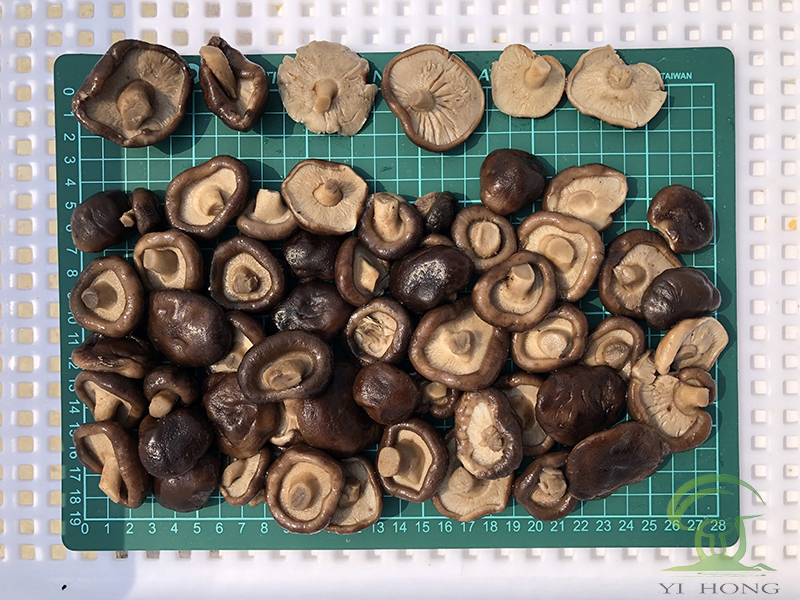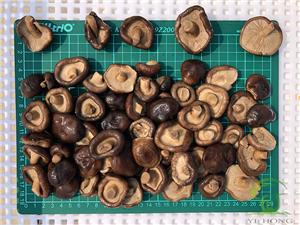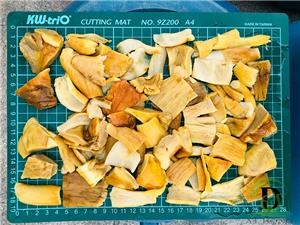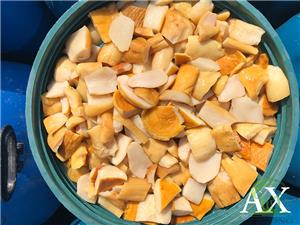Are There Any Nutrients in Salted Wild Mushrooms After Processing?
Salted wild mushrooms are popular for their unique flavor and long shelf life. However, the processing process will inevitably have an impact on natural nutrients. Overall, the processed salted wild mushrooms still retain a considerable part of the basic nutrients, especially dietary fiber and some minerals, but water-soluble vitamins and some minerals are lost more during processing. The final nutritional value is highly dependent on processing technology, storage conditions and time. The core retained nutrients mainly include dietary fiber, some B vitamins, and minerals such as potassium and phosphorus. This article allows us to analyze the nutritional changes after processing from five key angles.
The protein in salted wild mushrooms will undergo partial denaturation during the marinating process, but the total loss is small. Salting can dehydrate cells and cause protein structure to tighten, but may increase the proportion of protein per unit weight. Every 100 grams of salted wild mushrooms still contains 2 grams to 3 grams of protein, which is close to 70% of fresh mushrooms.
Water-soluble vitamins are severely lost when salted wild mushrooms are marinated. Vitamins B1, B2, etc. will lose 30%-50% with the exudate, and the high-temperature sterilization process will also destroy vitamin C. Salted wild mushrooms that are pasteurized at low temperature can retain 15% more vitamins.
Minerals such as potassium and phosphorus are easier to dissolve because of the destruction of the cell wall, but the content of sodium will increase. Salted wild mushrooms that have been desalinated can reduce the sodium content by 80% while retaining more than 60% of the native minerals.
The chitin in the cell wall of salted wild mushrooms is not affected by salinity, and still contains 2.5 grams to 3 grams of dietary fiber per 100 grams. This kind of insoluble fiber can promote intestinal peristalsis and improve the intestinal flora environment.
Polyphenols are relatively stable under acidic pickling conditions, and the retention rate of active ingredients such as lentinol is 60%. Salted wild mushrooms fermented with lactic acid bacteria can also produce new antioxidants.

In short, salted wild mushrooms still have certain nutritional value after processing, but the degree of retention of nutrients varies depending on the processing method and treatment method. In order to enjoy this ingredient more healthily, we recommend that you soak in water for 2 hours or more before eating, and change the water 1-2 times during the period, which can significantly reduce the sodium content. It can also be eaten with fresh vegetables rich in vitamin C. Because vitamin C can promote the absorption of non-heme iron in salted wild mushrooms. Eating with soy products can achieve protein complementarity and improve the overall protein utilization rate. However, taking into account the processed sodium content of salted wild mushrooms and the overall dietary balance, it is recommended that the weekly intake be controlled within 100 grams. The most important thing is that patients with hypertension and patients with kidney disease or cardiovascular disease who need strict salt control must pay special attention to choosing low-salt products or avoid eating pickled products with excessive salt content, and must strictly limit their consumption under the guidance of doctors and nutritionists.
- Company News
- Industry News
- Product News
- Video




